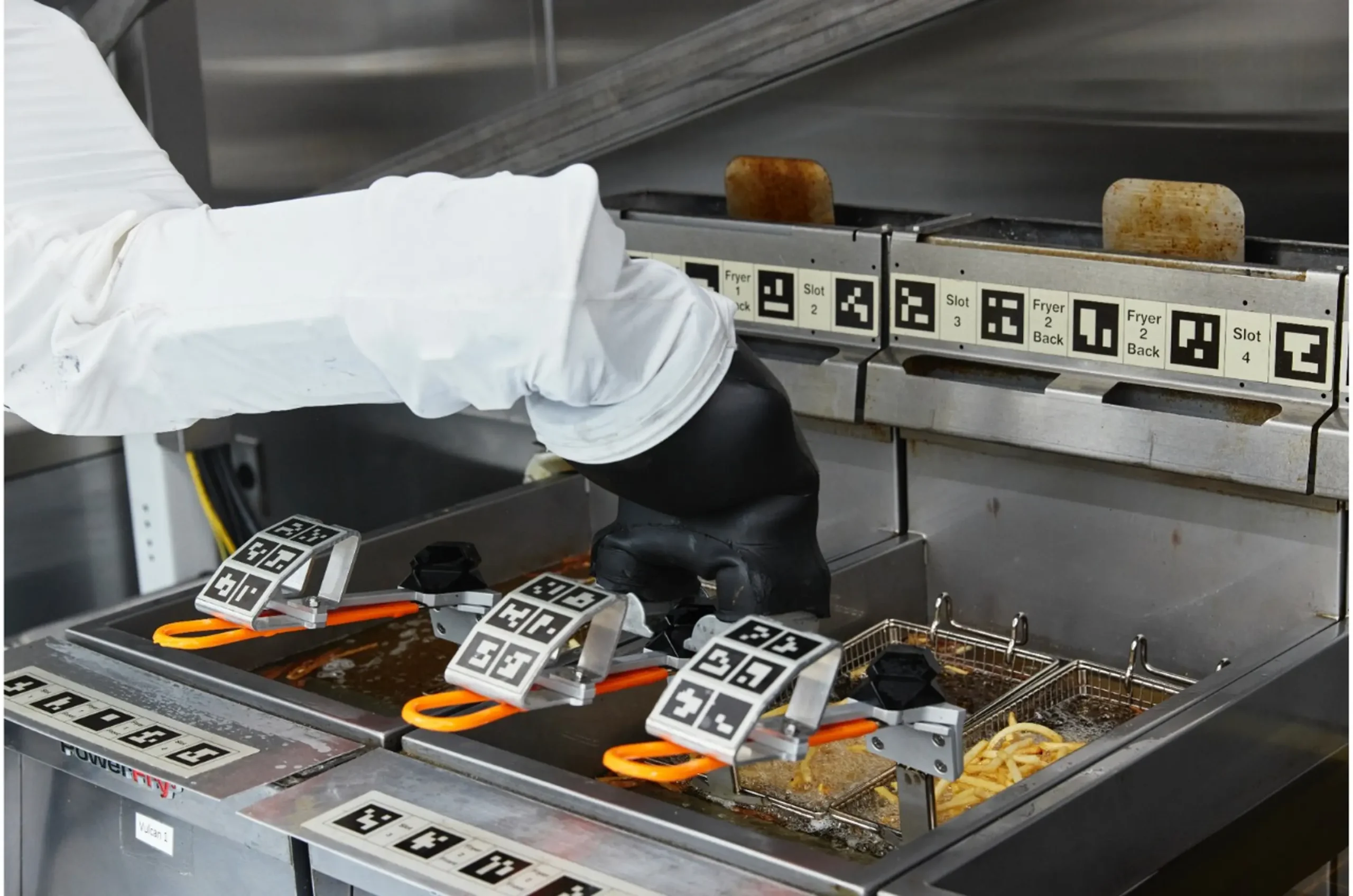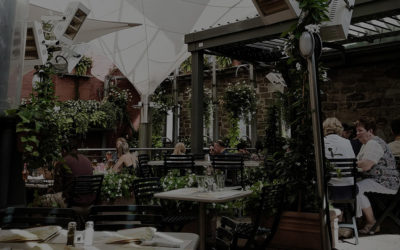Robotics in the restaurant industry is no longer the stuff of science fiction. From the kitchen to the dining room, robots are revolutionizing how meals are prepared, served, and even created. This blog post will explore the current state of robotics in restaurants, examine its benefits and challenges, and speculate on how this technology might evolve.
Current Use of Robotics in Restaurants
Kitchen Automation
One of the most significant areas where robotics has made inroads is in the kitchen. Robots can now perform tasks ranging from flipping burgers to crafting perfect pizzas. Companies like Miso Robotics have developed robotic arms, such as “Flippy,” which can cook burgers, fry chicken, and manage various other cooking tasks. These robots are designed to work alongside human staff, handling repetitive, hot, and greasy tasks, thereby reducing workplace hazards and freeing human workers to focus on more complex culinary and customer service functions.
Front-of-House Robots
In the dining area, robots are being employed as servers and hosts. In some restaurants, robotic servers deliver food directly to the table, reducing wait times and improving efficiency. These robots use sensors and navigation algorithms to move around the dining area, avoiding obstacles and ensuring a smooth delivery of customer orders. For example, Bear Robotics’ “Servi” is a robot that can carry food and drinks, navigate through the restaurant, and even lead guests to their tables.
Robotic Bartenders and Baristas
Robotic bartenders and baristas are also becoming more common. These robots can mix cocktails or brew coffee drinks with precision and consistency. For instance, the “Tipsy Robot” bar in Las Vegas features robotic arms that mix and serve cocktails, entertaining guests while efficiently managing a high volume of drink orders.
Benefits of Robotics in Restaurants
The integration of robotics in restaurants offers several benefits. Firstly, it can lead to increased efficiency and productivity. Robots can work tirelessly, allowing for faster service and potentially reduced wait times for customers. Secondly, it enhances consistency and quality, as robots can replicate the same task with minimal deviation, ensuring that every dish or drink is made exactly to specifications. Thirdly, robotics can improve safety in the kitchen by taking over tasks that are considered dangerous or involve working with hot surfaces and sharp objects.
Challenges and Considerations
However, the adoption of robotics in the restaurant industry has challenges. The high cost of robotics technology can be a significant barrier for many restaurants, particularly small and independent establishments. There is also the concern of job displacement, as the introduction of robots could reduce the need for human workers. Additionally, the impersonal nature of service provided by robots could detract from the dining experience, especially in establishments where customer interaction is a crucial component of the service.
The Future of Robotics in Restaurants
Looking ahead, the future of robotics in restaurants appears exciting and transformative. With advancements in artificial intelligence and machine learning, robots are expected to become even more autonomous and capable of performing complex tasks. We might see robots that can cook and serve food and interact with customers in more personalized and engaging ways.
Personalized Dining Experiences
Future restaurant robots could use AI to offer personalized dining experiences. By analyzing customer data and preferences, robots could recommend dishes, remember previous orders, and engage in basic conversation.
Enhanced Collaborative Robots
Another area of potential growth is the development of more advanced collaborative robots (cobots) that can work seamlessly alongside human staff. These cobots could be designed to be more intuitive and adaptive, easily integrate into the human team, and provide support without requiring extensive programming or oversight.
Sustainability and Waste Reduction
Robotics could also contribute to making restaurants more sustainable. Robots equipped with sensors and AI could optimize ingredient usage, reducing waste and ensuring more efficient energy use in the kitchen. This not only helps in minimizing the environmental impact but also aids in reducing operational costs.
Robotics in the restaurant industry is transforming the way food is prepared, served, and enjoyed. While challenges must be addressed, the potential benefits of efficiency, safety, and customer experience are substantial. As technology continues to evolve, the role of robots in restaurants is set to become even more integral, offering exciting possibilities for the future of dining. From personalized service to sustainable operations, the fusion of culinary arts and robotics is just beginning to whet our appetites for what’s to come.




